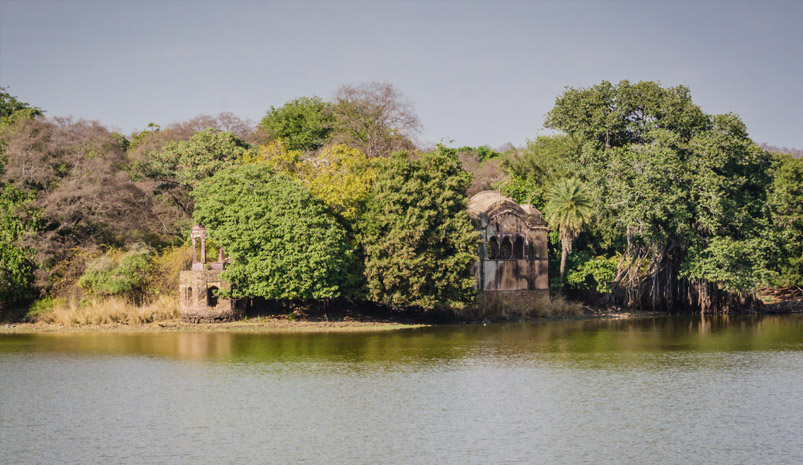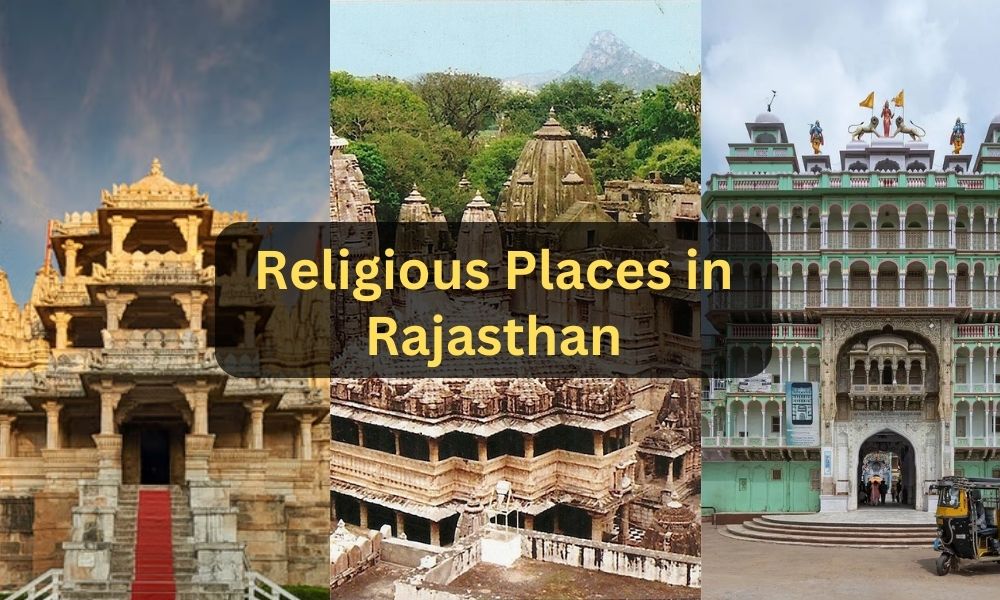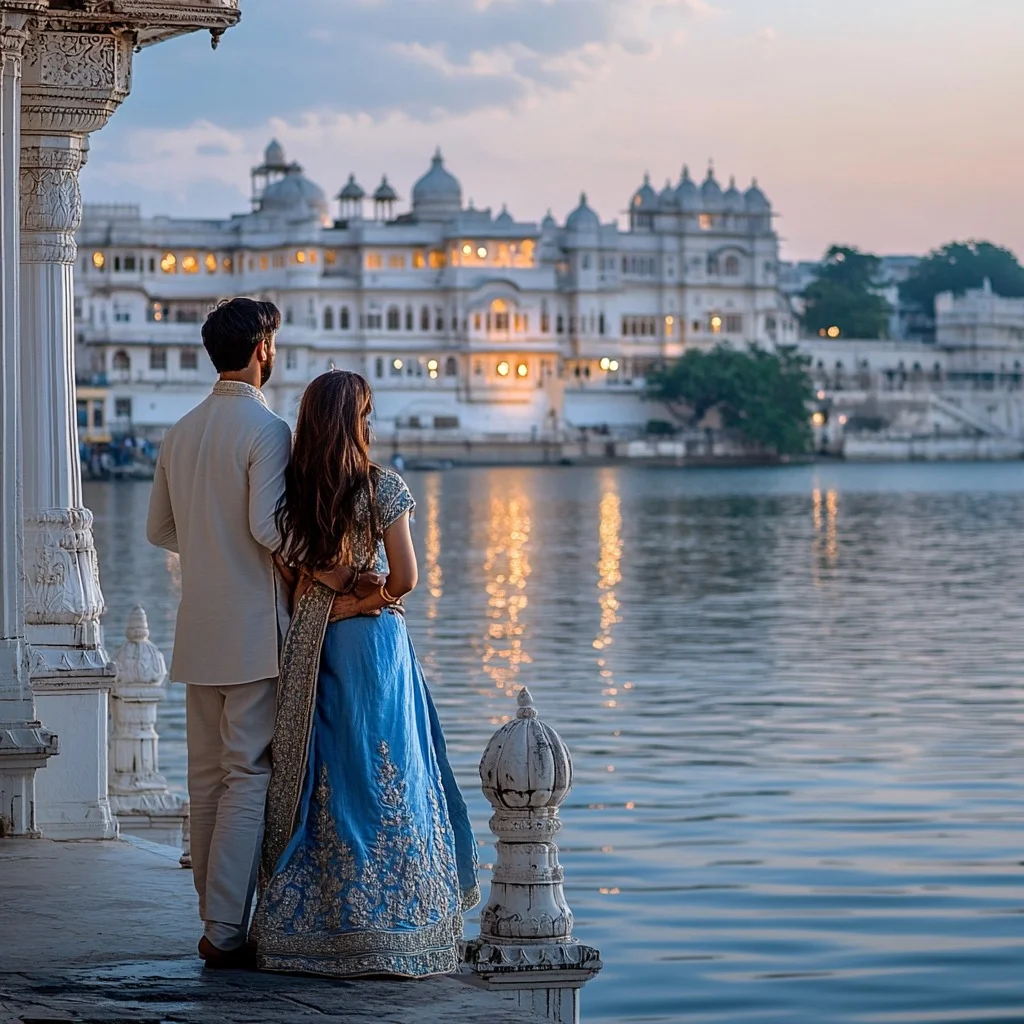Rajbagh Ruins: Where History and Nature Collide

Nestled deep within the Ranthambore National Park, the Rajbagh Ruins are a fascinating blend of ancient history and thriving wildlife. These ruins, surrounded by lush greenery and tranquil lakes, offer a glimpse into the grandeur of Rajasthan’s royal past. The Rajbagh Ruins not only add a historical charm to the park but also attract numerous wildlife enthusiasts and history lovers who explore this mesmerizing site during their visit.
History of Rajbagh Ruins
The Rajbagh Ruins date back to the times when the Rajput rulers governed the region. These ruins include remnants of old palaces, arches, and domes that tell stories of a bygone era. Though the structures have been worn down by time, their elegance and architectural beauty are still evident. The ruins are believed to have been part of a royal palace complex, where kings and queens once enjoyed the serene surroundings. Today, these ancient structures provide a perfect backdrop for photographers and visitors seeking to explore the rich heritage of Rajasthan.
Enchanting Natural Beauty Around Rajbagh
Surrounded by lush greenery and calm lakes, the Rajbagh Ruins create a unique harmony between nature and history. The ruins lie close to Rajbagh Lake, one of the three famous lakes in Ranthambore National Park. The lake, with its crystal-clear waters, attracts a variety of birds and animals, adding to the natural charm of the area. Visitors can witness graceful deer, wild boars, and sometimes even a majestic tiger strolling by the ruins. This incredible blend of wildlife and ancient structures makes it a sought-after location for visitors during a Ranthambore Jungle Safari.
Wildlife Near Rajbagh Ruins
The area around the Rajbagh Ruins is a hotspot for wildlife sightings. Tigers, leopards, and other big cats are frequently spotted near the ruins, especially during early mornings and late afternoons. The ruins offer a perfect resting place for these magnificent creatures, making it a prime location for wildlife photographers and adventure seekers. While exploring the ruins, visitors can also encounter several species of birds, including kingfishers, egrets, and herons. These birds often gather near the lakes, creating a picturesque setting for nature lovers.
The Charm of Rajbagh Lake
Rajbagh Lake, situated close to the ruins, adds to the mystical aura of the place. The lake’s calm waters reflect the ruins, creating a stunning visual treat. It is not uncommon to see sambar deer, crocodiles, and even tigers quenching their thirst by the lake. The lake also supports a rich variety of aquatic life, further enhancing the ecosystem around the Rajbagh Ruins. As visitors enjoy a Ranthambore Jungle Safari, they often pause at the lake to soak in the beauty and tranquility that surrounds it.
Best Time to Visit Rajbagh Ruins
The ideal time to visit the Rajbagh Ruins is during the cooler months from October to March. During this period, the weather remains pleasant, and the chances of spotting wildlife near the ruins are higher. Morning and evening safaris offer the best opportunities to experience the enchanting beauty of the area. As the sun sets, the ruins take on a golden glow, adding to the magical ambiance of the site. Tourists can also enjoy the peaceful environment while listening to the sounds of birds and rustling leaves.
Exploring Rajbagh Ruins During a Jungle Safari
A visit to the Rajbagh Ruins is a must for those embarking on a Ranthambore Jungle Safari. The safari takes visitors through dense forests, open grasslands, and serene lakes, eventually leading to these historical remnants. As the jeep moves through the wilderness, the sight of the ruins emerging from the thick vegetation is nothing short of mesmerizing. The experience of witnessing ancient history amidst thriving wildlife is what makes this part of the safari unforgettable.
Photography Opportunities at Rajbagh
The Rajbagh Ruins provide endless photography opportunities for both amateur and professional photographers. The contrasting elements of decaying architecture and vibrant wildlife create captivating visuals. Early mornings and late afternoons are the best times for photography, as the soft light highlights the details of the ruins and the surrounding landscapes. Whether capturing the intricate designs of the ruins or the movement of animals nearby, photographers are guaranteed breathtaking shots.
Conservation Efforts and Protection
The Rajbagh Ruins and their surroundings are carefully protected to maintain the balance between heritage and wildlife. Authorities at Ranthambore National Park ensure that the ruins are preserved while maintaining the natural habitat for the animals. Visitors are encouraged to respect the rules of the park and avoid any activities that may disturb the wildlife or damage the ancient structures. Sustainable tourism practices are promoted to ensure that future generations can also experience the beauty of this remarkable site.
Why Rajbagh Ruins Are Worth Visiting
Visiting the Rajbagh Ruins is a journey through time and nature. The ruins offer a peaceful retreat where visitors can witness the remnants of royal grandeur while being surrounded by the untamed beauty of the wilderness. Whether you are a history enthusiast, nature lover, or wildlife photographer, the Rajbagh Ruins provide an experience that lingers in memory long after the visit. Including this majestic site in your Ranthambore Jungle Safari ensures a complete and enriching adventure.
Conclusion
The Rajbagh Ruins stand as a perfect example of how history and nature can exist in harmony. Their timeless charm, combined with the vibrant wildlife of Ranthambore, offers a unique experience that captivates all who visit. Exploring these ruins while enjoying a Ranthambore Jungle Safari promises unforgettable moments and lasting memories. For those looking to immerse themselves in Rajasthan’s royal past and natural beauty, the Rajbagh Ruins are a must-visit destination.







